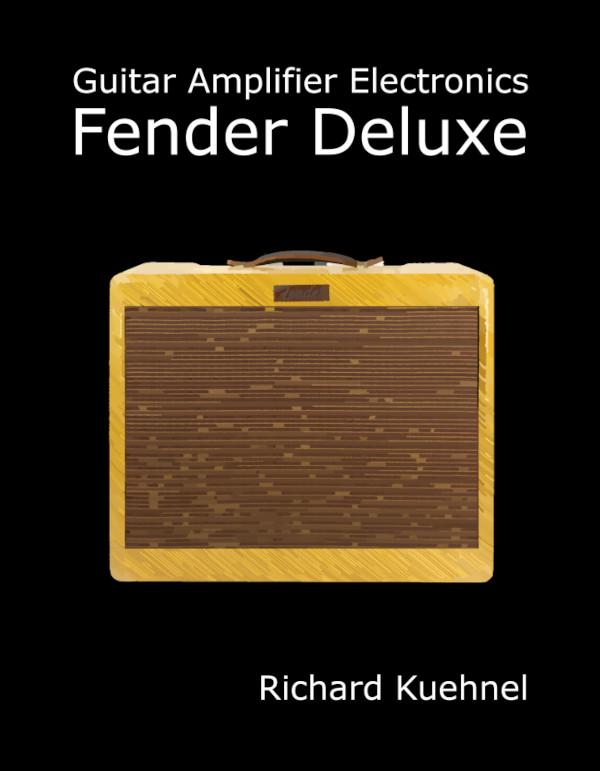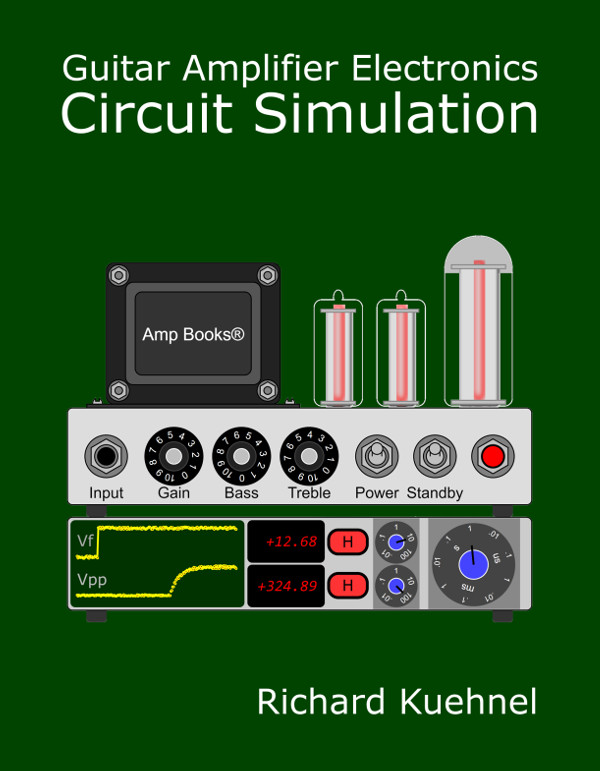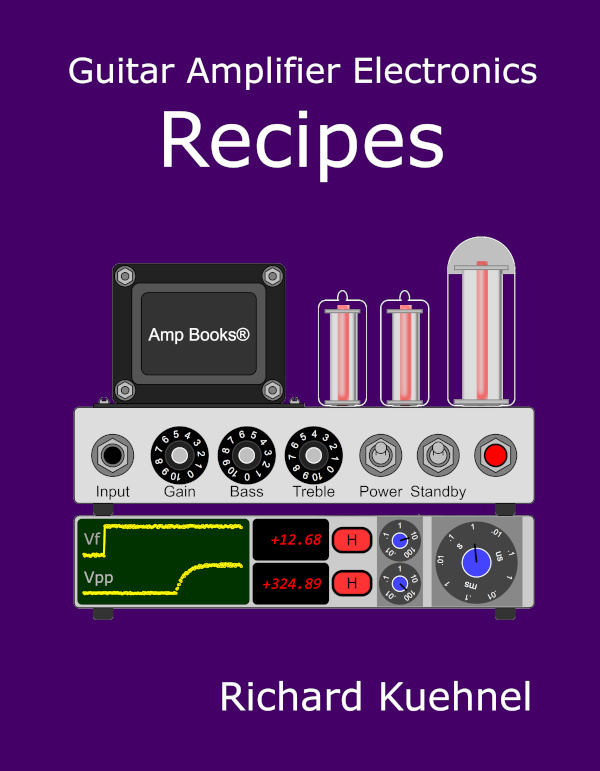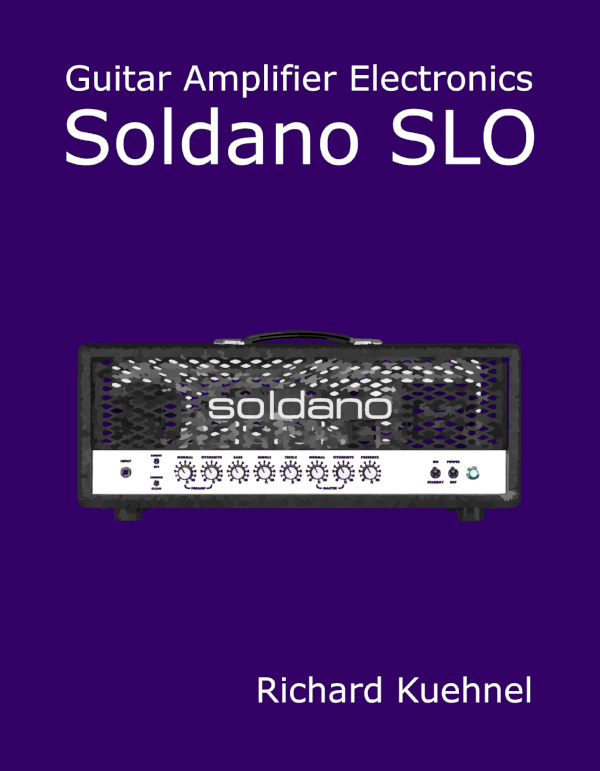How Vacuum Tube Pentodes Work
Vacuum Tube Tetrodes
Having examined how diodes and triodes work, Let's take a look at multi-grid tubes. To review, a triode has a control grid that controls the flow of electrons from the cathode to the plate.
The plate is typically at a high positive voltage to attract negatively charged electrons. The grid is usually negative to throttle electron flow. Grid voltage has much more control over plate current than plate voltage because the grid is closer to the cathode. Its electric field effectively screens the cathode from the electric field extending from the more distant plate.
A tetrode extends this concept by adding another grid, called the screen, between the control grid and the plate. The screen is typically positive to attract electrons. Pure tetrodes are not used for guitar amplifiers, so here are typical idle voltages for an Eimac 4-400A power tetrode, which is used for radio transmitters.
The screen is closer to the cathode and thus exerts more influence on electron flow than the plate, although not as much influence as the grid. A tetrode essentially splits the triode's plate into two separate electrodes:
- The screen sets a positive voltage to attract electrons.
- The plate collects the resulting electron flow.

|
Guitar Amplifier Electronics: Fender Deluxe - from TV front to narrow panel to brownface to blackface Reverb |
Vacuum Tube Pentodes
When electrons strike the plate at a high velocity, they often dislodge other electrons in a process known as secondary emission. Because the screen is usually kept at a high positive voltage, it can attract these electrons, causing adverse effects. A pentode adds another grid, called a suppressor grid, between the screen and the plate. When connected to the cathode, as it is in all guitar amps, it creates a repelling electric field that suppresses secondary electrons and diverts them back to the positive plate.
For brevity, the screen grid and suppressor grid are simply called the screen and suppressor. In a multi-grid tube, the word "grid" used alone usually refers to the control grid.

|
Guitar Amplifier Electronics: Basic Theory - master the basics of preamp, power amp, and power supply design. |
Beam Power Tetrodes
A beam power tetrode uses beam-confining electrodes instead of a third grid.

The electron flow creates a suppressor-like effect. The concentration of negative charge repels secondary electrons back towards the plate, keeping them from reaching the highly positive screen.
For guitar amplifiers, the suppressor or beam-confining electrodes are almost always connected to the cathode and never come into play from a design perspective. (An exception is the Traynor YGL-3/3A Mark-3, which connects its 6CA7 power tube suppressors to the -37.5V DC bias supply, making them more effective at repelling electrons.) To reduce clutter, they are usually omitted from schematics, making the tubes appear to be tetrodes.

|
Fundamentals of Guitar Amplifier System Design - design your amp using a structured, professional methodology. |
Here are the plate characteristics for the most popular preamp pentode, the EF86, when the screen voltage is 100V.

Each curve represents a different grid voltage, from -3V near the X axis, to 0V at the top of the graph. The red dot shows that when the plate voltage is 250V and the grid voltage is -1.5V, the plate current for an average tube is 2.25mA. For plate voltages above about 100V, the curves are almost horizontal, indicating that plate voltage has very little influence on plate current. Compared to a triode, the screen has taken over the responsibility of attracting electrons to the plate. The blue dot shows that when the grid voltage decreases to about -3.5V, no plate current flows and the tube is in cutoff. A mere -3.5V at the grid can completely neutralize +100V at the screen. Like for a triode, the grid has much more control over plate current than the more distant electrodes.
While pentodes like the EF86 are sometimes seen in guitar amplifier preamps, triodes like the 12AX7 are the overwhelming favorite for voltage amplification duties. A 12AX7 triode has less gain than an EF86, but you get two triodes per tube. Pentodes and beam power tetrodes are used almost exclusively in guitar amplifier power amps because of their greater efficiency in creating output power.

|
From system design concepts to individual stage operation, an all-new examination of Bassman electronics. |



